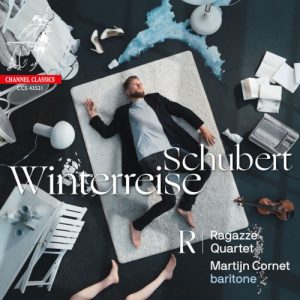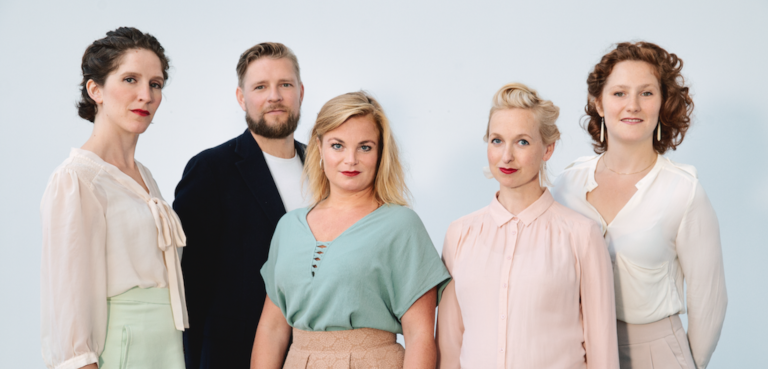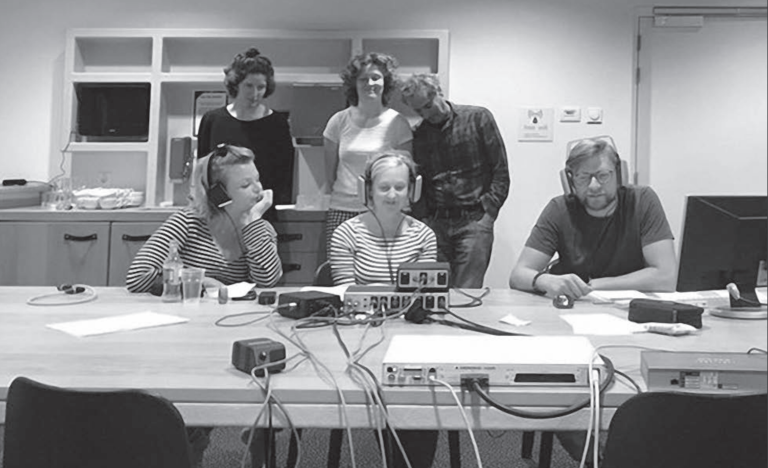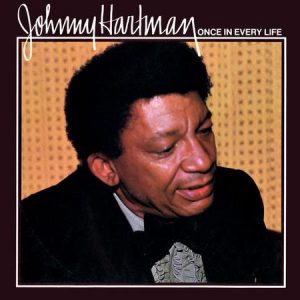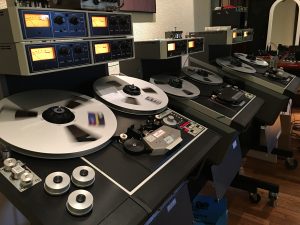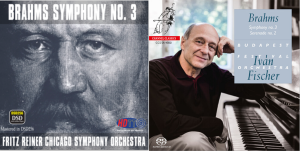Schubert's Winterreise, one of the greatest song cycles written, is most often heard with piano and voice. The Ragazze Quartet treats us to a performance arranged for string quartet—and it works marvelously! The Ragazze and baritone Martijn Cornet give us a performance filled with nuance, emotional impact, and synergistic musicianship. Jared Sacks has outdone himself in capturing the natural delicacy and ambience of this performance in a beautifully well-balanced recording that is simply exceptional.
Schubert Winterreise, Ragazze Quartet and Martijn Cornet, baritone, Channel Classics (2021 (DSD256, DXD) HERE
For more about the music, and its history, I refer you to a nice Wikipedia article which, in part, explains that "Schubert's Winterreise is not merely a collection of songs upon a single theme (lost or unrequited love) but is in effect one single dramatic monologue, lasting over an hour in performance…The intensity and the emotional inflections of the poetry are carefully built up to express the sorrows of the lover, and are developed to an almost pathological degree from the first to the last note…Over the course of the cycle, grief over lost love progressively gives way to more general existential despair and resignation—the beloved is last directly mentioned only halfway into the work—and the literal winter's journey is arguably at least in part allegorical for this psychological and spiritual one."
I was imprinted on this music by the Dietrich Fischer-Dieskau's recordings. I hold them in high regard. He is a great lyric baritone (understatement!). And while there is a distinctiveness to Fischer-Dieskau's voice and rendering of these songs that will never be replaced (viz, his recordings with Gerald Moore, piano), I don't feel any loss listening to Martijn Cornet's performances here. His voice is different, his rendering somewhat different, but he is fully as evocative and fills his phrasing with meaning and emotional content.
Listen for example to the song "Rast," in which our protagonist is faced with the loneliness and despair of his circumstances. Cornet's phrasing, his switch in and out of sotto voce, all perfectly evoke his character's emotional state with apt accompaniment by the Ragazze. And then follow the shift in tone in the next song with the dance of Fruhlingstraum—what a great transition by both singer and quartet. Very good stuff here.
Fleshing out the instrumental accompaniment with the variety of texture provided by four string instruments adds greatly to the emotional telling of this tale. Piano is wonderful, but this arrangement for string quartet (by Wim ten Have) raises the ante considerably. The Ragazze play in great sympathy with their baritone to create a performance of even greater variety and emotional intensity for me than have performances for piano and voice.
As an example of what the string quartet delivers to this music, listen to the final song, "Der Leiermann (The Hurdy-Gurdy Player)." The Hurdy-Gurdy is a stringed instrument played by a hand-cranked rosin wheel rubbing against the strings. It dates to the medieval period. On piano, meh—just too "pretty." But here with strings, the sound of the hurdy-gurdy is recreated, it is alive. It's haunting tones evoke the pathos of the final song that one simply does not get with piano:
There, beyond the village,
stands a hurdy-gurdy player;
with numb fingers
he plays as best he can.
Barefoot on the ice
he totters to and fro,
and his little plate
remains forever empty.
And he lets everything go on
as it will;
he plays, and his hurdy-gurdy
never stops.
Strange old man,
shall I go with you?
Will you turn your hurdy-gurdy
to my songs?
As the Ragazze comment: "Where the piano sometimes wins in percussive moments, the string quartet can often add more warmth, life and depth to the sound. Moreover, this ensemble adds more than just the harmonies of four string instruments, you also feel the energy of four musicians who simultaneously connect with the music and the singer."
Ragazze Quartet and Martijn Cornet
Jared Sacks' recording to DSD256, with minimal post-processing, captures a level of natural detail that is rare. The immediacy of voice, the delicacy of articulation, the subtle gradations in volume and changes in timbre, are a delight. This recording is a master's class in how exceptional recordings should be made. It is simply more natural and compelling than the studio sound with which Fischer-Dieskau was recorded in the early 1960s (good as it is). Cornet's voice is more "in the hall" and is not as closely mic'd. It sounds like a live performance in a natural acoustic environment, not a studio. While this is a matter of personal preferences in sound quality, for me this is a positive attribute that adds greatly to the musical experience. Superb!
At the end of the day, I'll continue to treasure the Fischer-Dieskau recordings, but I now place the Ragazze / Cornet recording as my go to performance of this music.
If you're an audiophile, you owe it to yourself to challenge your system to recreate the naturalness of this recording. If you love classical music and Schubert, this recording needs to be in your collection.
Recording session break. Ragazze Quartet, Martijn Cornet, and Jared Sacks (back row, right)
Images courtesy of Channel Classics and Ragazze Quartet




